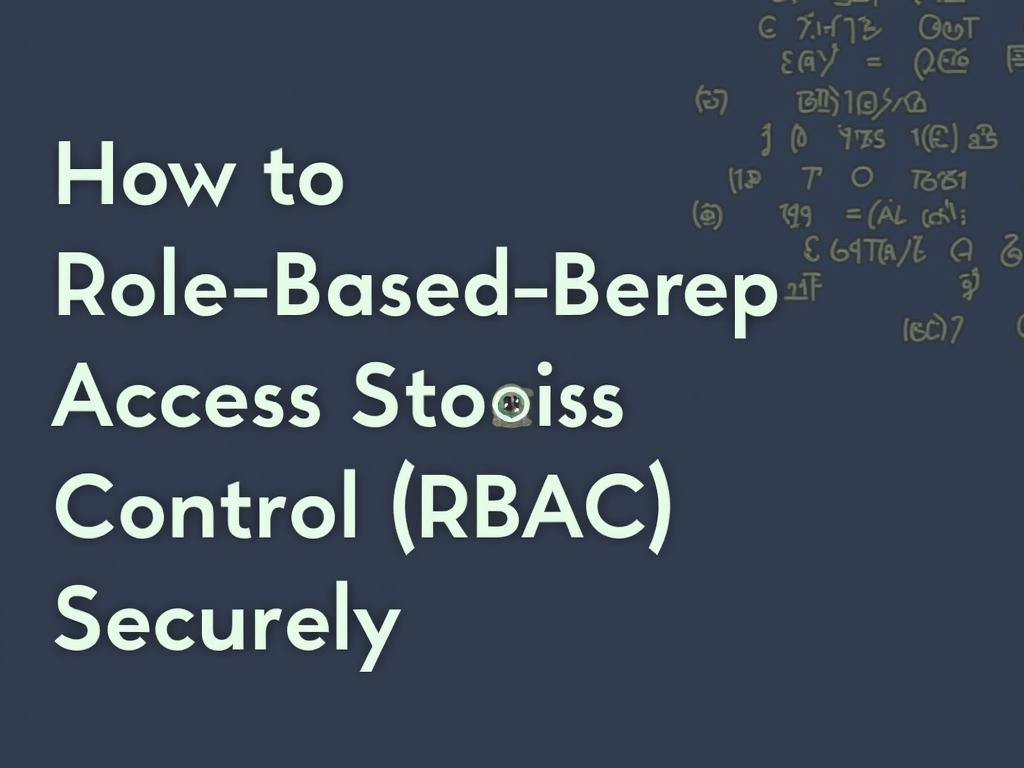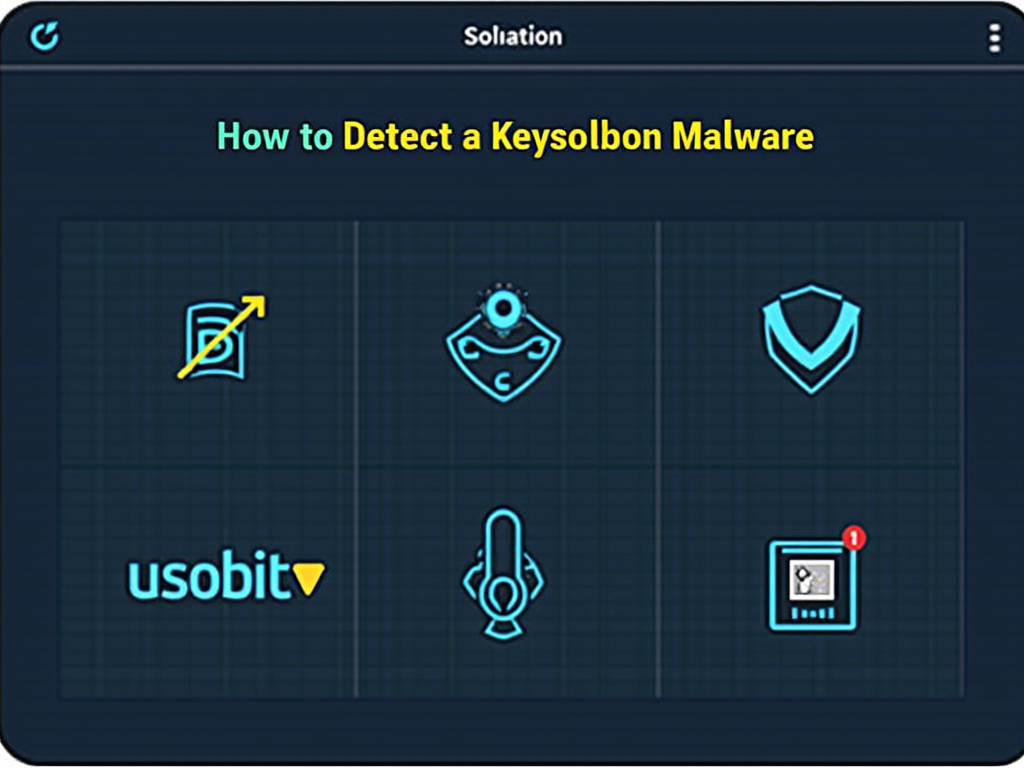Implementing Role-Based Access Control (RBAC) Securely
Role-based access control (RBAC) is a security approach that allows users to access resources based on their roles within an organization. In this article, we will explore the importance of RBAC and provide a step-by-step guide on how to implement it securely.
Why Implement RBAC?
Implementing RBAC provides several benefits, including:
- Improved Security: By limiting access to resources based on user roles, you can significantly reduce the risk of unauthorized access.
- Simplified User Management: With RBAC, you can easily add or remove users from a role without affecting their overall access level.
- Enhanced Compliance: RBAC helps organizations meet compliance requirements by providing detailed audit trails and role-based access logging.
Step-by-Step Guide to Implementing RBAC Securely
1. Define User Roles
The first step in implementing RBAC is to define the roles within your organization. Identify the different job functions or responsibilities that users have, such as “admin”, “developer”, or “reader”. This will help you determine what access levels are required for each role.
2. Assign Users to Roles
Once you’ve defined the user roles, assign users to those roles based on their job function or responsibility. This can be done manually or through an automated process using identity and access management (IAM) software.
3. Create Access Control Lists (ACLs)
An ACL is a list of permissions that defines what actions a user with a specific role can perform. For example, a “reader” role might have permission to view but not modify files. Create ACLs for each role to define the access levels.
4. Configure Resource Permissions
Configure the resource permissions based on the ACLs created in step 3. This will ensure that users with a specific role can only access resources that align with their role.
5. Implement Attribute-Based Access Control (ABAC)
In addition to traditional RBAC, consider implementing attribute-based access control (ABAC) to provide more granular access controls. ABAC allows you to define permissions based on user attributes such as department, job function, or clearance level.
6. Monitor and Audit
Monitor and audit user activity to ensure that users are accessing resources according to their roles and permissions. This will help identify any potential security breaches and allow for quick response and remediation.
Best Practices for Implementing RBAC Securely
- Use a Centralized Identity Management System: Use an IAM system to manage user identities, roles, and access controls.
- Implement Multi-Factor Authentication (MFA): Require users to provide multiple forms of authentication (e.g., username/password, smart card, biometric) to ensure secure login.
- Use Least Privilege Access: Grant users the minimum level of access necessary to perform their job functions.
- Regularly Review and Update Roles: Regularly review and update roles to ensure they remain relevant and accurate.
Conclusion
Implementing role-based access control (RBAC) securely requires careful planning, execution, and ongoing monitoring. By following the steps outlined in this article and adhering to best practices, you can significantly improve your organization’s security posture and reduce the risk of unauthorized access. Remember to always prioritize user roles, attribute-based access control, and least privilege access to ensure secure access to resources.
References
- NIST Special Publication 800-46: Guide to Securing Role-Based Access Control
- ISO/IEC 24760-2:2011 – Information technology – Security techniques – Role-based access control
- SANS Institute: Implementing Role-Based Access Control (RBAC) Securely



